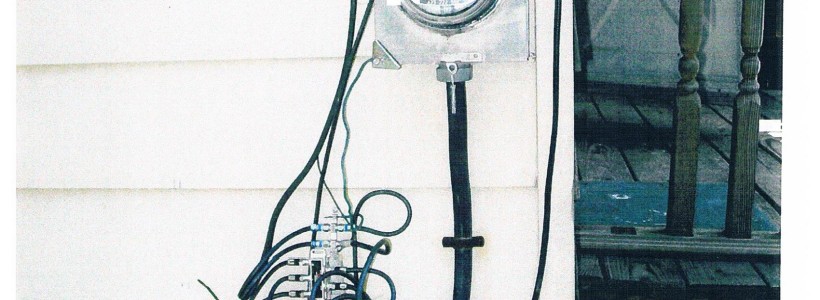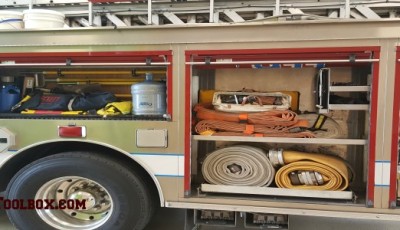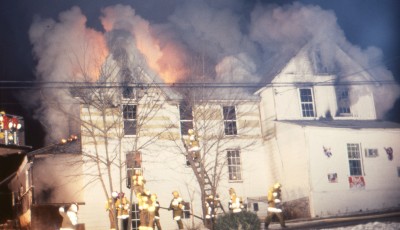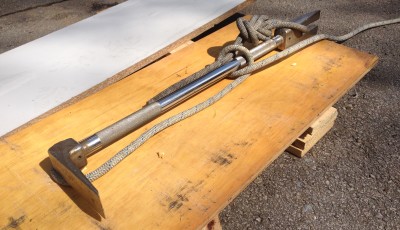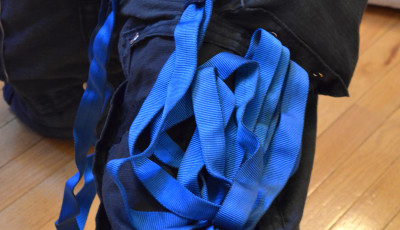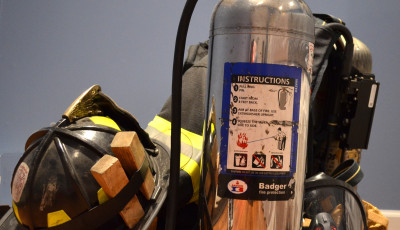FIrefighter Challenges With Single Room Occupancies (SROs)
How many clowns can you fit into a car?
The answer is as many that will fit.
This is a growing trend when it comes to residential housing. Today we are seeing more single and two family houses containing up 5 or 6 families.
What is the cause?
Tough economic times have forced people to look for alternate means of income. In return home owners may rent out rooms to individuals, couples, or families.
This conversion of a house or apartment into multiple mini-apartments or single room occupancies (SRO’s) bring multiple challenges to the fire service.
In the fire service, life safety is the highest priority. The quicker we are able to perform a primary search for victims and the faster we are able to get water on the fire and keep it in check will save lives.
Single family homes and single apartments that are not created for multiple families directly hinders both the search and suppression efforts. Lets take a look at some of the issues we may encounter.
Illegal Renovations And The Primary Search
Let’s first touch on the primary search and what we encounter in the single room occupancies or SROs
The primary search is defined as a rapid search looking for life and fire. When performing the search of single or two family home or an apartment firefighters usually expect to have to force entry into the residence if it is locked or no one has opened the door.
In the SRO the search team is now confronted with forcing several doors into different rooms looking for life and fire.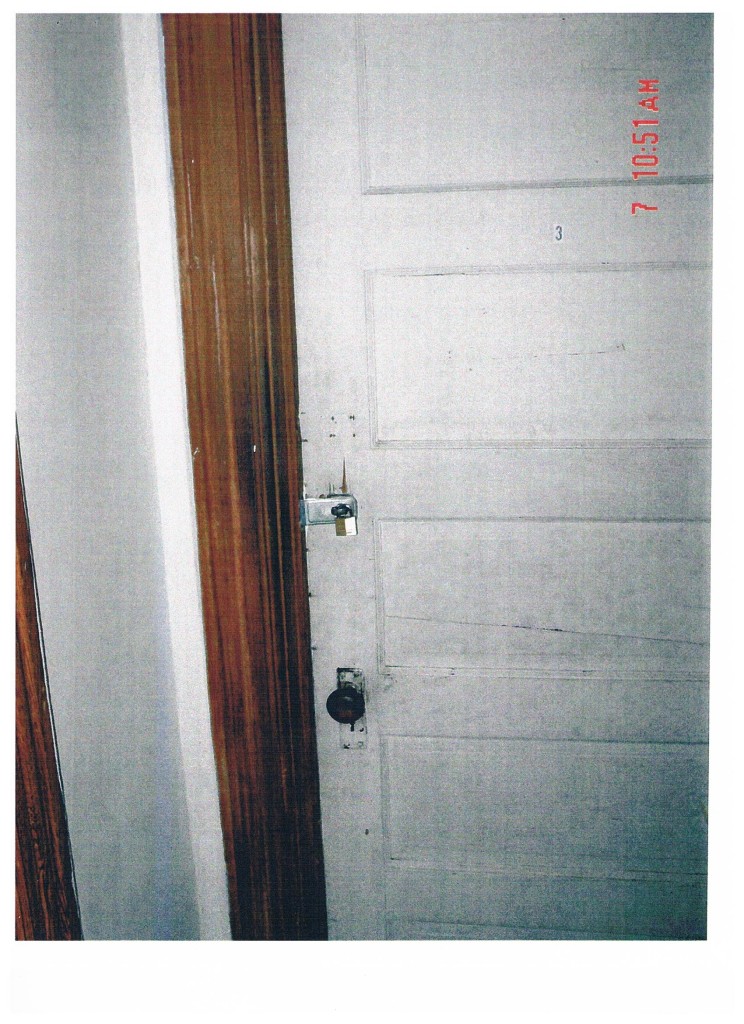
The act of forcing several doors slows down the primary search. Most SROs have deadbolts or other type of locks that have been installed to provide for security for personal belongings. I have seen some rooms have hasps and padlocks on the exterior of the door to keep the other people that live in the apartment out of that space.
Sometimes, to create personal space, partitions have been constructed to create individual rooms. Living rooms and dining rooms have been walled off to create additional bedrooms for individuals. In the single family dwelling or apartment firefighters expect certain layouts. Now we must always anticipate the unexpected and not assume the routine, even in the most standard of homes.
With SRO’s there is nothing that is normal. These illegal renovations create additional hazards to firefighters and civilians. Room configurations, electrical wiring, and substandard construction techniques are just some of the hazards that we face when performing firefighting activities. 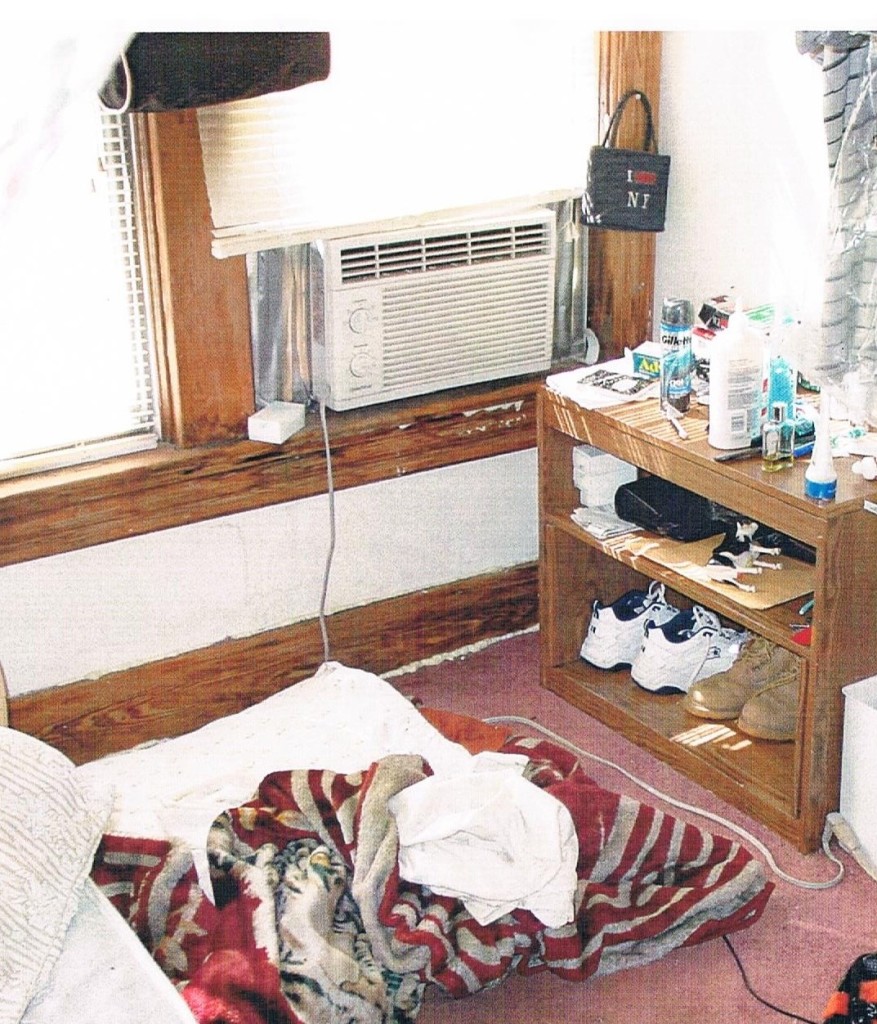
Fire Attack
As for the members tasked with suppression, the SRO condition can be a nightmare.
Firefighters attempting to locate, confine, and extinguish the fire have to battle the maze-like conditions to find the seat of the fire.
The additional walls or partitions that have been constructed hamper ease of stretching lines and advancing in on the seat of the fire. The suppression team may encounter that when they knock the fire down in one area they are just pushing it around to the corner into a space that should not be there in normal construction. In addition this construction may cut off a natural means of egress such as a fire escape or window.
Hoarding Conditions
Occupants of SRO’s usually have their whole life in their room. This hoarding condition creates an additional fire load that firefighters would not normally expect in the typical single family or apartment. Crews can also easily lose grasp of the handline and become disoriented when working in hoarding conditions.
So What Do We Do?
Those of us that perform EMS duties need to keep our eyes open for these conditions when out on runs. If you come across an illegal SRO, notify your officer about the condition and have them forward that information to local fire prevention offices, social services, and/or the local zoning offices.
It is vitally important that the companies that would normally be on the first alarm assignment be notified as well so they can keep record of the address and situation. If you jurisdiction’s 911 center uses a CAD for dispatch have them add these addresses to their hazard bank. When that address is dispatched it will display the information on the specific issue crews may encounter.
By reporting these addresses you may save a life of a civilian or a brother or sister firefighter.
Until next time, STAY SAFE!

